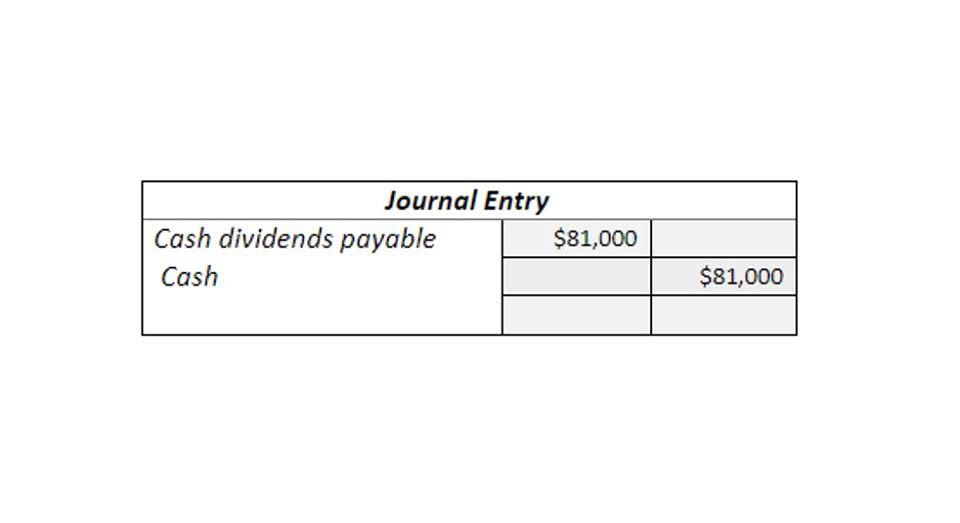
In our example, if the students sold \(100\) shirts, assuming an individual variable cost per shirt of \(\$10\), the total variable costs would be \(\$1,000\) (\(100 × \$10\)). If they sold \(250\) shirts, again assuming an individual variable cost per shirt of \(\$10\), then the total variable costs would \(\$2,500 (250 × petty cash \$10)\). The contribution margin ratio is used by finance professionals to analyze a company’s profitability. It is often used for building a break-even analysis, which helps companies determine at what point a new business project will reach enough sales to cover the costs. The contribution margin income statement separates the fixed and variables costs on the face of the income statement. This highlights the margin and helps illustrate where a company’s expenses.

Unit Contribution Margin
The sales volume is the number of units or quantity of products or services that you sell. The market share is the percentage of the total market that you capture with your sales. The contribution margin ratio can help you assess the performance and potential of your sales volume and market share.
Sales Revenue
The operating leverage is the degree to which your business relies on fixed costs. Fixed costs are the costs that do not change with the level of sales, such as rent, depreciation, and salaries. The operating leverage measures how sensitive your operating income is to changes in sales. The higher the operating leverage, the more your operating income fluctuates with sales.
The Hidden Costs of Free AI for Shift Scheduling
The higher the percentage, the more of each sales dollar is available to pay fixed costs. To determine if the percentage is satisfactory, management would compare the result to previous periods, forecasted performance, contribution margin ratios of similar companies, or industry standards. If the company’s contribution margin ratio is higher than the basis for comparison, the result is favorable. The weighted average contribution margin of £17.14 means that, on average, each product contributes £17.14 toward covering the fixed costs and generating profit, after covering variable costs.

The contribution margin ratio is calculated as (Revenue – Variable Costs) / Revenue. Instead of doing contribution margin analyses on whole product lines, it is also helpful to find out just how much every unit sold is bringing into the business. Thus, it will help you to evaluate your past performance and forecast your future profitability.

Suppose you’re tasked with calculating the contribution margin ratio of a company’s product. The formula to calculate the contribution margin ratio (or CM ratio) is as follows. The contribution margin is not necessarily a good indication of economic benefit. Companies may have significant fixed costs that need to be factored in.
Contribution margin vs. gross margin
In other words, your contribution margin increases with the sale of each of your products. Thus, the total variable cost of producing 1 packet Cash Flow Management for Small Businesses of whole wheat bread is as follows. Thus, you need to make sure that the contribution margin covers your fixed cost and the target income you want to achieve.
- Soundarya Jayaraman is a Content Marketing Specialist at G2, focusing on cybersecurity.
- Edriaan Koening began writing professionally in 2005, while studying toward her Bachelor of Arts in media and communications at the University of Melbourne.
- Contribution margin is used for internal decision-making, while profit margin is often used to assess the overall financial health of a company.
- Therefore, you need to balance these factors according to your business goals and risk appetite.
- You can calculate the contribution margin by subtracting the direct variable costs from the sales revenue.
- The margin of safety is the difference between your actual sales and your break-even sales.
Understanding financial metrics is crucial for businesses aiming to optimize profitability and make informed decisions. One such metric, the contribution margin ratio, evaluates how sales impact overall profit. It highlights which products or services most effectively cover fixed costs and generate profits. The operating leverage is the degree to which your business relies on fixed costs rather than variable costs. The higher the operating leverage, the higher the contribution margin ratio, and the more sensitive your profits are to changes in sales. This means that a small increase in sales can result in a large increase in profits, but also that a small decrease in sales can result in a large decrease in profits.
- The contribution margin ratio is just one of many important financial metrics used for making better informed business decisions.
- This is because it indicates the rate of profitability of your business.
- The higher the contribution margin ratio, the more sensitive your profits are to changes in prices.
- In particular, the use-case of the contribution margin is most practical for companies in setting prices on their products and services appropriately to optimize their revenue growth and profitability potential.
- Break-even analysis is essential for navigating economic fluctuations or market uncertainties.
The interesting thing about contribution margin ratio is that you can perform the calculation anytime to achieve a unique view into your business. The time period you choose to examine is irrelevant as long as sales and variable expenses are from the same dates. Because to really contribution margin ratio understand your business, you have to control your contribution margin ratio. These examples demonstrate how this concept is applicable across a wide range of industries and can be an essential tool in pricing decisions, cost control, and profitability analysis. Understanding and applying this concept, helps enable businesses to make informed decisions that can enhance profitability and long-term success. Alternatively, it can also be calculated by multiplying the Contribution Margin Per Unit by the total quantity of units sold.